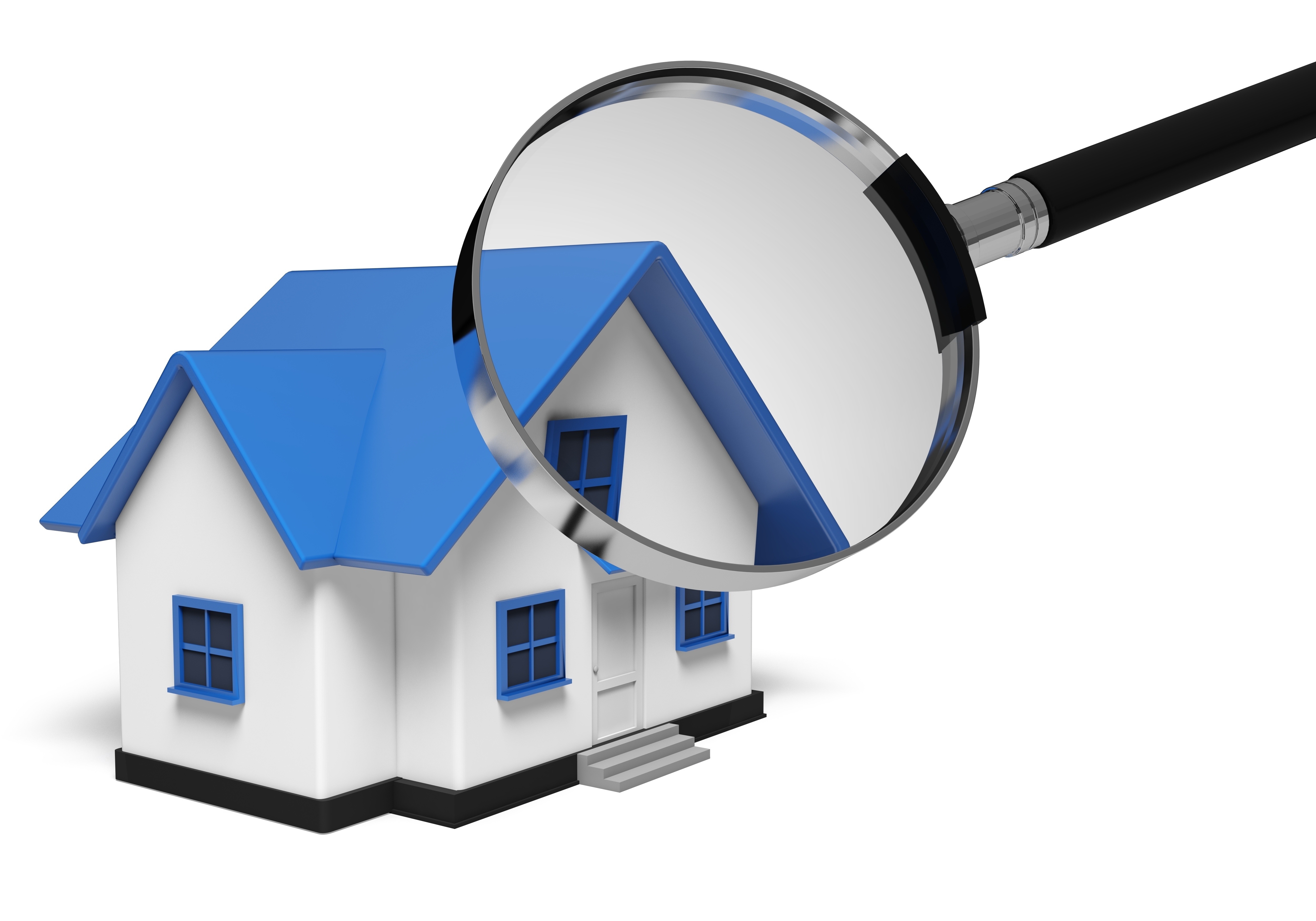
Home Appraisals: A PrimerAcquiring a house can be the most significant investment most of us could ever make. Whether it's a primary residence, a second vacation property or a rental fixer upper, the purchase of real property is a detailed transaction that requires multiple people working in concert to see it through. Most people are familiar with the parties having a role in the transaction. The real estate agent is the most recognizable entity in the transaction. Next, the bank provides the financial capital required to fund the exchange. The title company makes sure that all details of the transaction are completed and that a clear title transfers from the seller to the purchaser. So, who's responsible for making sure the real estate is worth the purchase price? This is where the appraiser comes in. We provide an unbiased opinion of what a buyer might expect to pay — or a seller receive — for a property, where both buyer and seller are informed parties. A licensed, certified, professional appraiser from Sunago Advisory Group, Inc. will ensure, you as an interested party, are informed. Appraisals begin with the inspectionTo ascertain the true status of the property, it's our duty to first complete a thorough inspection. We must see features first hand, such as the number of bedrooms and bathrooms, the location, amenities, etc., to ensure they really are present and are in the condition a reasonable buyer would expect them to be. To make sure the stated square footage is accurate and document the layout of the home, the inspection often includes creating a sketch of the floorplan. Most importantly, we look for any obvious features - or defects - that would have an impact on the value of the house. Once the site has been inspected, an appraiser uses two or three approaches to determining the value of real property: paired sales analysis and, in the case of a rental property, an income approach. 
Replacement CostThis is where the appraiser pulls information on local building costs, the cost of labor and other elements to derive how much it would cost to construct a property nearly identical to the one being appraised. This figure usually sets the maximum on what a property would sell for. The cost approach is also the least used method. 
Paired Sales AnalysisAppraisers become very familiar with the communities in which they appraise. They innately understand the value of particular features to the residents of that area. Then, the appraiser researches recent sales in close proximity to the subject and finds properties which are 'comparable' to the home at hand. Using knowledge of the value of certain items such as fireplaces, room layout, appliance upgrades, extra bathrooms or bedrooms, or quality of construction, we add or subtract from each comparable's sales price so that they are more accurately in line with the features of subject property.
An opinion of what the subject might sell for can only be determined once all differences between the comps and the subject have been evaluated. At Sunago Advisory Group, Inc., we are experts in knowing the worth of particular items in La Grange and Fayette County neighborhoods. This approach to value is most often awarded the most importance when an appraisal is for a home exchange. Valuation Using the Income ApproachIn the case of income producing properties - rental houses for example - the appraiser may use a third way of valuing a property. In this case, the amount of income the real estate yields is factored in with other rents in the area for comparable properties to derive the current value. Putting It All TogetherCombining information from all applicable approaches, the appraiser is then ready to put down an estimated market value for the property in question. The estimate of value on the appraisal report is not always what's being paid for the property even though it is likely the best indication of what a property is worth. Depending on the specific situations of the buyer or seller, their level of urgency or a buyer's desire for that exact property, the closing price of a home can always be driven up or down.Regardless, the appraised value is typically used as a guideline for lenders who don't want to loan a buyer more money than they could get back in case they had to sell the property again. Here's what it all boils down to, an appraiser from Sunago Advisory Group, Inc. will help you get the most fair and balanced property value, so you can make wise real estate decisions. |